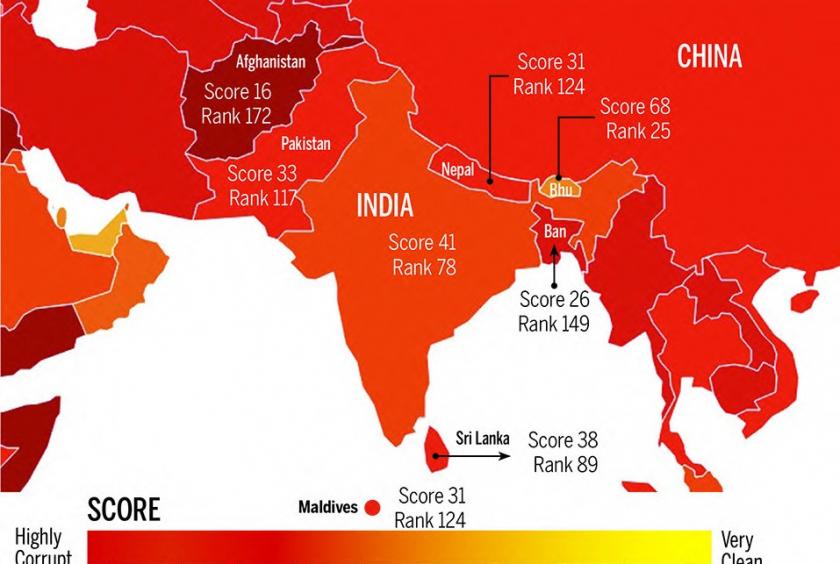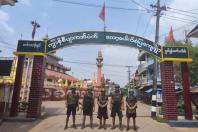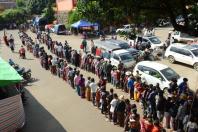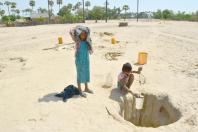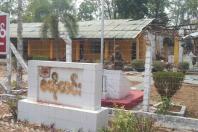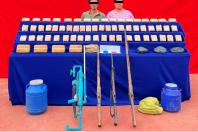Kathmandu Post/ANN - Nepal’s position on the latest Corruption Perception Index has worsened from last year, falling to 124 from 122 in 2017. The Index, published on Tuesday by Transparency International, draws on 13 surveys, along with expert assessments, to rank 180 countries on a scale of 0 (highly corrupt) to 100 (very clean). Nepal’s score for 2018 is 31, the same it received last year. A score of below 50 is considered indicative of poor governance. Ranked third after Afghanistan (16) and Bangladesh (26), Nepal remains one of the most corrupt countries in South Asia.
With a score of 88, the Index considers Denmark as one of the cleanest countries in the world while Somalia, with a score of 10, is considered the most corrupt country. The annual Index is generated based on surveys conducted by the World Bank, World Economic Forum, Global Insight, Bertelsmann Foundation, World Justice Project and V-DEM (Varieties of Democracy), among others.
“The surveys of these institutions showed that corruption at public institutions, graft in businesses, misuse of public position, weak monitoring and actions, poor access to information and political corruption continued in Nepal even after the elections,” Transparency International-Nepal said in a statement. “The score received by Nepal on the index suggests that the situation of corruption is worrisome.”
Read: ‘Zero tolerance policy against corruption’
In the past, unstable governments could’ve been blamed as one of the primary reasons behind corruption in Nepal. But experts say that a tendency to work in favour of particular interest groups at the cost of the general public has resulted in Nepal’s continued low score on the Corruption Perception Index.
“The current government started well by initiating action against the long-held syndicate system in transport and against contractors holding contracts without working on their projects,” said Sukdev Bhattarai Khatri, former acting auditor general. “But the political leadership prioritised serving the interests of those who run syndicates and contractors with poor track records.”
Khatri cited an instance when the Department of Transport’s director general, who had initiated action against the transport syndicate, was transferred from the department by the sitting minister, instead of being rewarded.
In May last year, Physical Infrastructure Minister Raghubir Mahaseth decided to transfer Roop Narayan Bhattarai, then director general of the transport department. Despite Bhattarai’s initiatives, the transport syndicate continues to exist, forcing people to travel in discomfort.
The government also backtracked on the action it had initiated against the contractors that held poor records in the implementation of projects after the Ministry of Physical Infrastructure refused to cooperate with the Home Ministry, which had started arresting such contractors.
A large number of infrastructure projects have remained idle due to various reasons, including the tendency of some contractors to take up numerous contractors without implementing them.
Now, as many as 1,848 contracts related to eight ministries that implement a large number of development projects, are in dire states, according to a recent study report from the Commission for Investigation of Abuse of Authority (CIAA). These projects contracts amount to Rs118 billion.
Experts also said that the government’s proclivities towards certain interest groups is also evident in the strongarm endorsement of the National Medical Education Bill by the House of Representatives. This bill contravened the agreement the government had signed with Dr Govinda KC, who is on his 16th hunger strike, demanding that the government implement what it had agreed to.
On January 25, the ruling Nepal Communist Party used its two-thirds majority to pass the bill as hundreds of marshals were mobilised to keep protesting members of the opposition at bay.
“This incident has raised questions about whether the two-thirds majority has been misused to fulfil the interests of certain groups, against the people’s expectation of good governance,” said Khem Raj Regmi, president of Transparency International’s Nepal chapter.
Furthermore, a massive corruption scandal involving the purchase of two wide-body aircraft by Nepal Airlines Corporation and the alleged involvement of past and present ministers and senior government officials has greatly undermined the government’s zero tolerance policy against corruption, according to experts.
In a recent CIAA survey report, 30.4 percent of people said that they believe there is policy corruption in Nepal and a majority, at 23.1 percent, blamed the political parties.
“As policy corruption is committed by making necessary laws, it is difficult for the CIAA to take action against those involved,” said Rameshwore Dangal, CIAA spokesperson. “We take action only when somebody is involved in corruption by going against prevailing laws.”
When local-level elections took place in 2017 after two decades, it was expected that the inclusion of people’s representatives at the lowest level would ensure accountability and decrease corruption. However, elected representatives themselves have been found misusing power to benefit themselves, said former acting attorney general Khatri.
“There are instances where many elected representatives have purchased bulldozers simply to get contracts for projects at the local level,” he said.
Despite the institutionalisation of federalism and elections held at all three levels—central, provincial and local—corruption does not appear to have decreased in the country, if the Corruption Perception Index is anything to go by.
http://kathmandupost.ekantipur.com/news/2019-01-30/nepal-falls-two-place...

